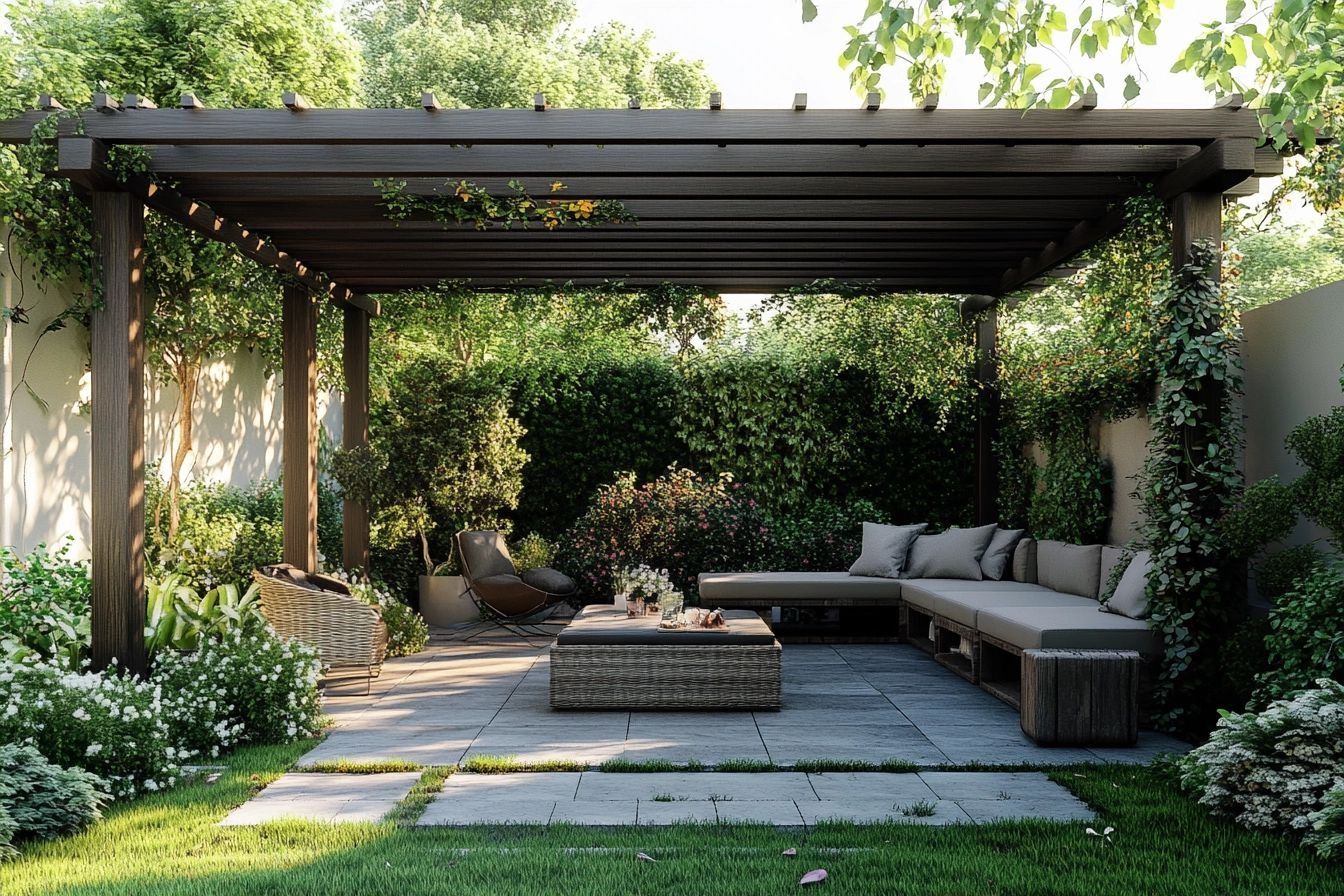Fireplace Options for Outdoor Living and Heating
A fireplace can transform a backyard into a purposeful outdoor space, extending use through cooler months and creating a focal point for gatherings. Whether you want a built-in masonry unit, a freestanding fire pit, or a portable gas model, understanding design, heating performance, furniture layout, and safety will help you choose an option that suits your climate, property, and lifestyle.

How can a fireplace define your outdoor space?
A fireplace anchors an outdoor space by providing visual interest, acoustic buffering, and a central point for seating and movement. Placement matters: situating a fireplace near a patio, deck edge, or within a courtyard creates zones for dining, lounging, and circulation. Consider sightlines from indoor rooms and how the fireplace interacts with pathways and landscape beds. Materials, scale, and finish help it read as part of the home — for example, stone or stucco can relate to the house façade, while metal or concrete can emphasize contemporary outdoor living aesthetics.
A thoughtful layout considers prevailing wind direction, smoke patterns, and proximity to trees or structures. Building codes and local services can advise on setback requirements and ventilation needs to keep the feature both attractive and compliant in your area.
What heating performance do outdoor fireplaces deliver?
Outdoor fireplaces provide radiative heat that warms people and nearby surfaces rather than fully heating an open area. Wood-burning masonry fireplaces and fire pits produce strong localized heat and ambiance, while gas burners offer controllable flame height and steadier output. Electric or infrared outdoor heaters provide targeted, predictable heating without combustion. Remember that open-air settings lose heat quickly; effective heating often requires wind protection, partial enclosures, or nearby surfaces that retain warmth, such as stone patios or insulated pergolas.
When evaluating units, consider heat output ratings (BTUs for gas, kW for electric) and the intended use: occasional evening use versus extended seasonal living will influence the most appropriate technology and fuel choice.
How should outdoor furniture be arranged around a fire?
Arrangement of outdoor furniture around a fireplace balances comfort, safety, and social interaction. Aim for seating that faces the fireplace but leaves a clear safety perimeter between combustible furniture and the flame. Low tables and benches can keep visual lines open while allowing people to store drinks and small items. Use durable, fire-resistant fabrics and materials rated for outdoor exposure; position larger pieces so that smoke and sparks are less likely to contact cushions.
Mix seating types — chairs for conversation, lounge seating for relaxation, and stools for flexibility — and plan pathways that allow easy movement. Consider storage or covers for cushions to protect them from ash, ember, or weather when the fireplace is in use.
How to manage fire safely in outdoor living areas?
Safety should guide selection and operation of any outdoor fireplace. Install units on noncombustible surfaces and maintain recommended clearances from structures, overhangs, and vegetation. Use screens, spark guards, or glass enclosures where appropriate, and keep a class-rated fire extinguisher or water source accessible. For wood-burning options, burn only suitable, dry firewood and avoid materials that produce toxic smoke. For gas systems, arrange professional installation and regular inspections to detect leaks or venting issues.
Local services can provide inspections, permit assistance, and installation guidance; check local codes for requirements on chimneys, setbacks, and fuel storage to ensure compliance in your area.
What maintenance keeps an outdoor fireplace functional?
Routine maintenance preserves performance and longevity. For wood-burning units, schedule masonry inspections for cracks, clean ashes and creosote buildup, and inspect chimneys annually. Gas fireplaces need periodic burner cleaning, line checks, and verification of ignition systems. For metal or prefabricated units, protect surfaces with appropriate coatings and address rust or corrosion promptly. In climates with freeze–thaw cycles, ensure water drainage away from the hearth to prevent masonry damage.
A maintenance checklist — cleaning, inspection, minor repairs, and seasonal cover or winterization — helps avoid larger repairs and keeps the fireplace safe and ready for outdoor living use throughout the year.
Conclusion
A fireplace can enrich outdoor living by providing warmth, ambiance, and a focal point that shapes how a yard is used. Choosing the right type involves considering heating needs, furniture placement, safety, maintenance, and local regulations. Thoughtful design and regular upkeep make fireplaces practical features that extend the usability and enjoyment of outdoor spaces.






